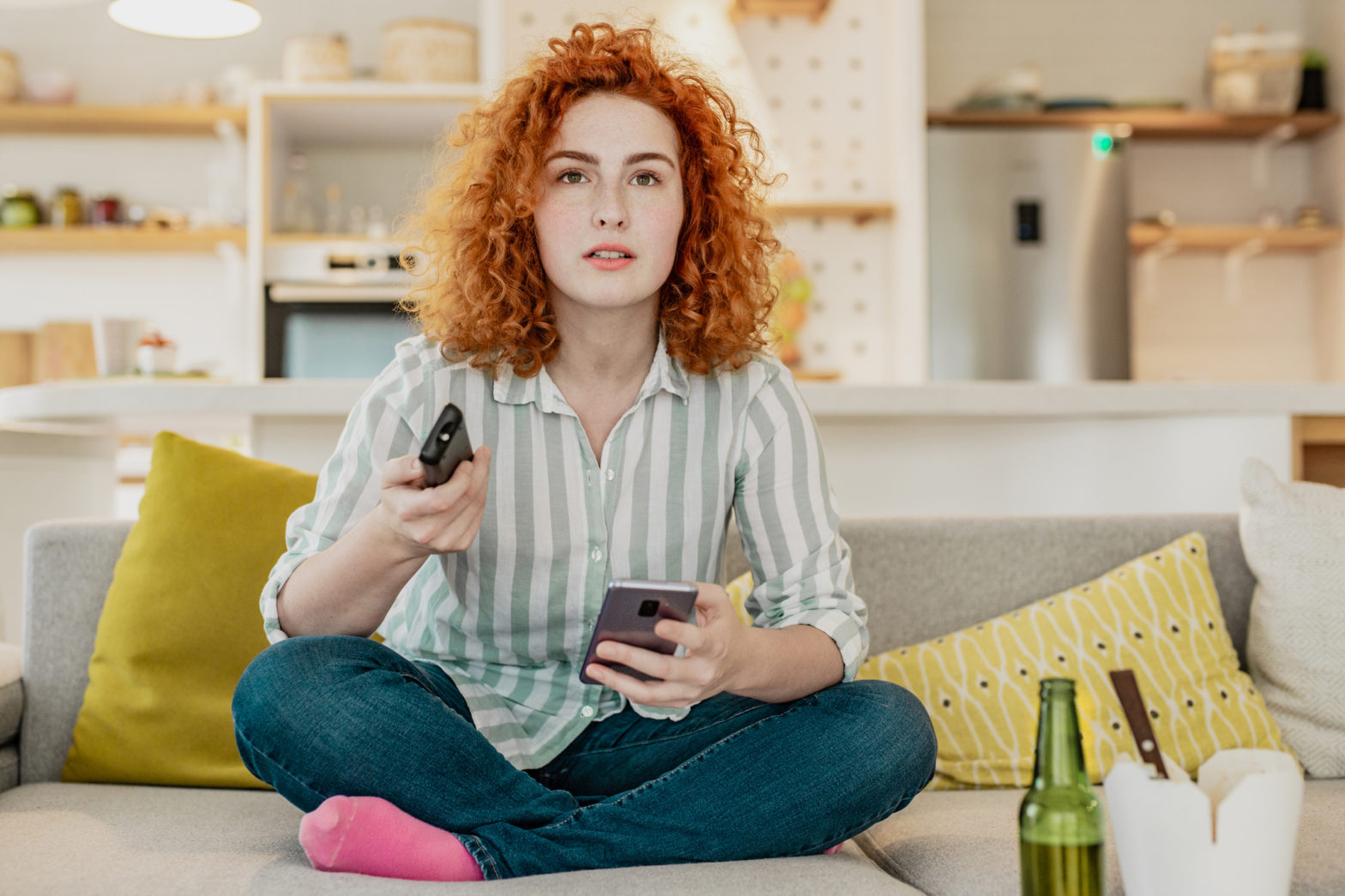How video works
The Media Equivalence Study provides evidence of the power of video across all channels – especially when it comes to advertising recall indicators. Video advertising has a stronger impact on television than on YouTube and Facebook. Two consecutive contacts within a short time period double unaided advertising recall. This applies to TV, YouTube and Facebook. Moreover, online video platforms benefit from the combination with TV. Two TV contacts have the highest impact across all indicators. Mixed contacts with TV have stronger impacts than two contacts on YouTube or Facebook.
How video is perceived
Advertising achieves the highest visual attention in lean-back mode. In lean-forward mode, users are less likely to pay attention to it and more frequently click or scroll away.
TV watching takes place in a relaxed atmosphere. Advertising is part of the TV experience. Content and advertising achieve similar levels of activation and emotion. This facilitates advertising effectiveness. While using editorial content in leanforward mode, high levels of activation and emotionality are attained. With advertising, however, both these qualities fall off abruptly, which has an adverse effect on its processing. The level of activation also fluctuates strongly during content use.
How video is seen
The Deep Insights Study confirms the stable activation of viewers during TV usage. Many people use TV as a motivator when dealing with tiresome obligations, to watch big TV events with excitement, and as a reward and a way to relax in lean-back mode after their work is done. In these moods, those surveyed accepted TV advertising to a great extent. Advertising flows along with the program and is a learned and integral part of the TV experience. YouTube users are looking for everyday help or emotional relief. They want to find a quick explanation of how something works (tutorials) or they want to briefly escape their current situation, for instance by watching a funny video. They are looking for a cognitive or emotional shortcut. When viewers are taking a shortcut, advertising forces them to take a detour. In these usage states, YouTube users consider advertising to be disruptive. This reinforces the findings of the InHome Video Study, which showed an abrupt loss of activation as soon as advertising started.
How video sells
The experiment confirms the strong impact of video advertising. Both online video and TV have a considerable influence on recall. However, television has stronger branding effects.
Both media increase the sales of the advertised products. Yet, the impact of television advertising is many times higher. This particularly applies to the launch product which was seeking large and diverse audiences.
The findings underscore the strengths of mass marketing and point to the possible limits of targeting. Television advertising appeals to many potential buyers outside the core target group within a short period of time and therefore achieves greater sales effects.
See the link below for details.
Source: sevenonemedia.com

